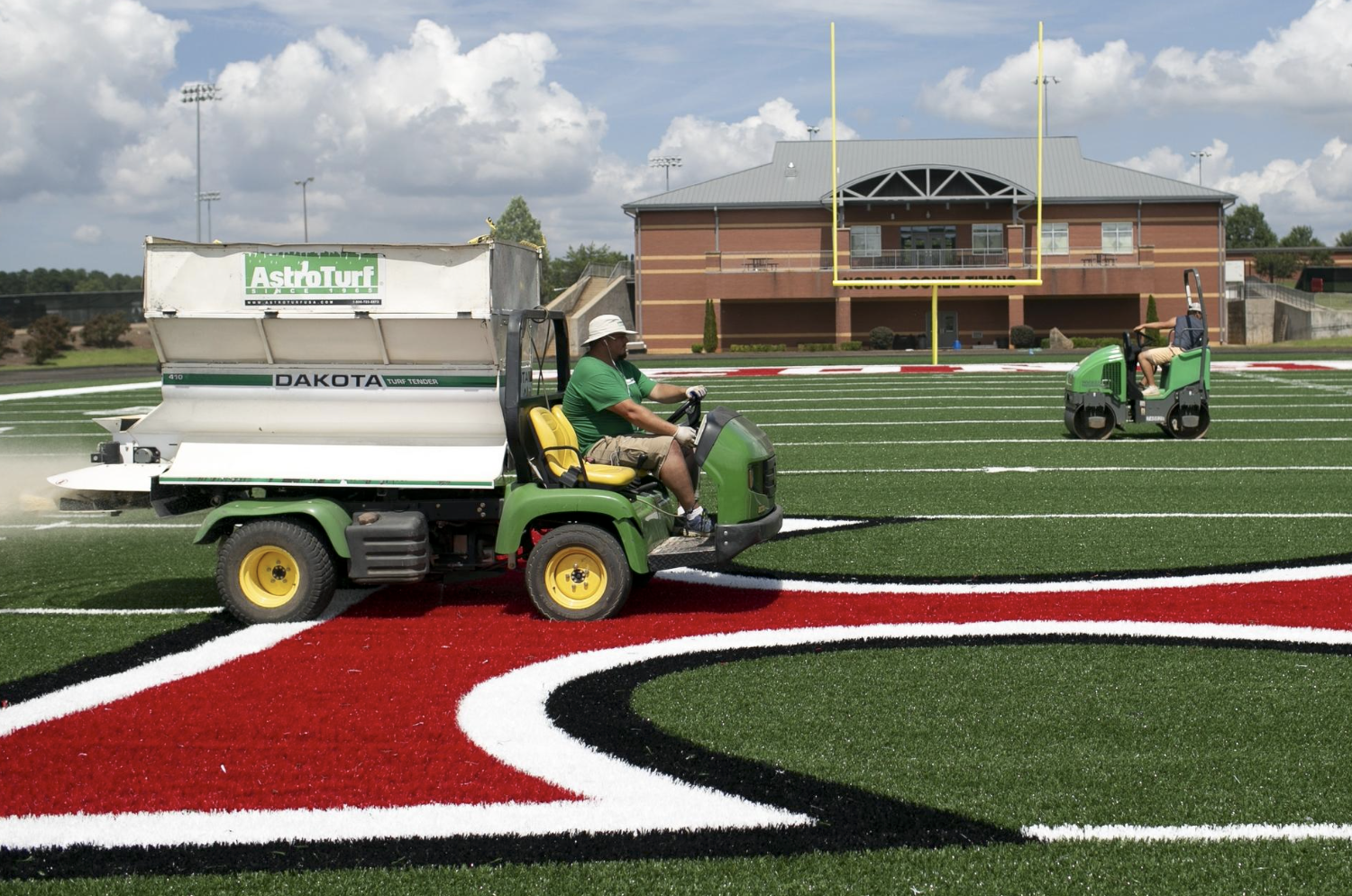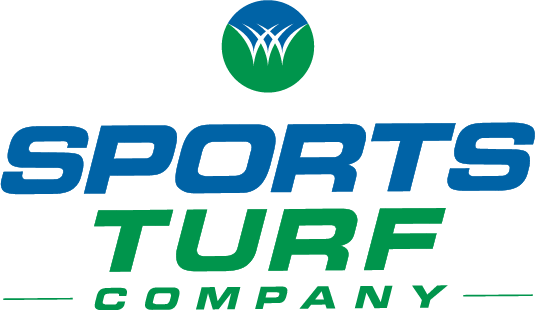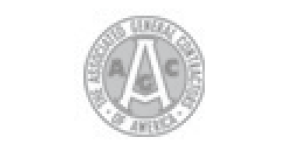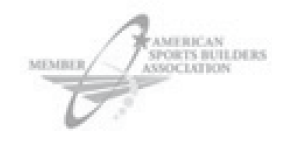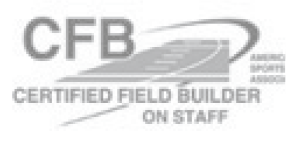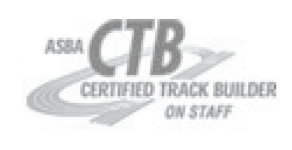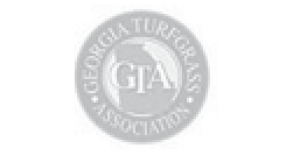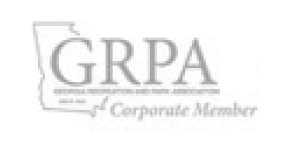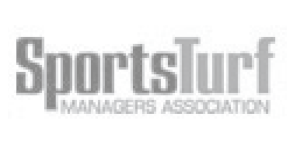What are you Playing on? What Parents, Coaches, and Athletes Need to Know About Turf Fields
Chances are you have a young athlete or you are a young athlete and have already played on an artificial turf field. As soccer and in some areas, lacrosse, have been added to high school athletics programs, the challenges for coaching and facilities staff to maintain grass fields have led to a growing number of artificial turf conversions.
There is a lot of information available about turf fields, but it can be difficult to discern between marketing speak and research driven facts. We can help. Sports Turf Company has been in the business of athletics construction for 26 years. We build running tracks, native and full underdrain natural grass fields, artificial turf fields and everything in between. We pioneered many of the best practices in constructing artificial turf fields. Recognized by American Sports Builders Association to have four Certified Field Builders and two Certified Track Builders on staff, we are among the Southeasts foremost experts in specialty field and track construction.
We believe there is no better playing surface than a well maintained natural grass field. So why are school systems and parks converting to the fake stuff?
Needs Assessment
Conversion of natural grass fields to artificial turf may be the best choice depending on many factors. Making the right decision the first time is key to good fiscal management and raising the bar for athlete safety.
Start with a needs assessment.
- What sports will be played on the field?
- Will it be used for practice and games?
- Will the community share the field for rec league play?
- Who is responsible for maintaining the field and are they up to the task?
- Do you have issues with field drainage and rain-outs?
- Rank the importance of safety, cost, durability, playability, visual appeal.
Answers to these and other questions begin the process of evaluating whether turf may be an improvement and what type of system will best serve needs.
Evolution in Safety
Everyone knows the name AstroTurf as the original creator of artificial turf in 1965.
In the 1990’s turf evolved to include sand and rubber particles in sparsely tufted polyethylene fibers. This change meant the game was now played on the rubber infill with the fibers relegated to only serving a role as a grass lookalike. These systems offered more cushion, but were shown to result in more lower extremity injuries.
It is important to note that this older design continues to be widely pushed and installed by some of the largest manufacturers across the U.S., even though technology has far advanced our understanding of how to make safer systems.
When you see black rubber spray out every time a player cuts on the field, it is important to note, that is not necessary. It means that game is played on 1990’s technology.
Modern fourth generation fields incorporate a “rootzone” or “thatch” layer whose main purpose is to encapsulate the sand and rubber infill, holding it in place. That means footing is more consistent across the entire field. Cleats sink into the older, high-rubber fields without a rootzone and lock in place. When the athlete pivots, their foot doesn’t, the prime cause of ankle and ACL injuries. A RootZone field allows the foot to pivot more naturally like running on a well maintained natural grass field.
Pads to Become More Important
Gmax measures the force reduction of a field. A lower Gmax reduces the likelihood of an athlete receiving a concussion from impact with the field.
A Gmax reading above 200 means life threatening head injuries may occur. By comparison, a well maintained natural grass field may have a Gmax of around 85.
Brock USA is at the forefront of testing and design of pad systems to improve safety of synthetic turf fields. By adding a Brock pad underneath, Gmax readings stay much closer to natural grass fields. AstroTurf field systems over a pad have superior footing, are firmer for faster play, reduce incidence of concussions and ankle/leg injuries.
Call to Action
So what can you do as a parent, a coach or a young athlete? Ask what turf systems are being considered by your school or park. Advocate for systems that have a RootZone, more fiber and less rubber. Invite experts like Sports Turf Company to speak to stakeholders about safety. Read and compare their warranties. Research manufacturers on Google to see if they have lawsuits filed by owners or any history of product failures. Visit www.sportsturf.net to see if your athlete will be playing on one of the South’s most state of the art facilities this season.
Your voice can make the difference for young athletes to not have a concussion or other injury affect their future.

